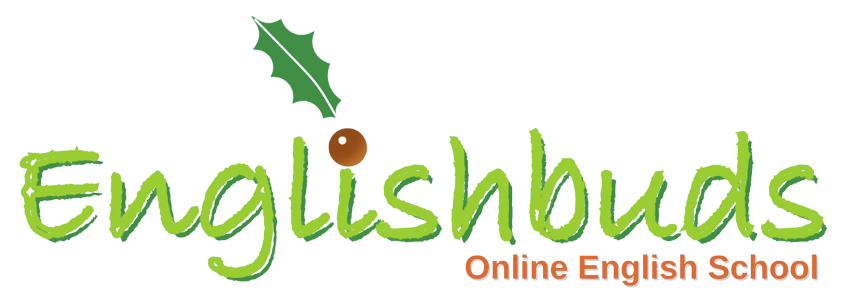【講師コラム】エセル講師No.13~What learning materials should I recommend? ~
Englishbuds 管理人 MommyKayo です。
今日は金曜日、講師コラムの日です。
やっと生活が落ち着いてきた気がします。。。
日中一人になる時間ができて、
「あぁ、学校の仕事辞めたんだなぁ~」と、
しみじみ実感するようになりました。
自由になる時間が増えたものの
今は5月以降のグループレッスンの準備段取りで
案外忙しいです💦
今年の春の公私における変化は
本当に大きいものですが
忙しいお陰で
変に感傷に浸らずに済んでいます(^^)
バズに専念できる時間が増えたので
ますますパワーアップさせていきたいと思います♪
さて、今日のコラム担当は
【エセル講師】です。
まだまだ若いエセル講師ですが
今はお孫ちゃんのお世話にも忙しく
子育ての経験は円熟味が増しているみたいです(^^)
子育て、孫育て、
オンラインレッスンの講師としても
経験豊富なエセルは
何をオススメしてくれるでしょう?
What learning materials should I recommend?
I firmly believe in the proverb: “Train up a child in the way he should go, and when he is old he will not depart from it”. Most types of training, whether in sports, academics, the arts, or, most importantly, language, have demonstrated that training should start at a young age. However, due to the uniqueness of our individuality, one of many people’s concerns is acquiring proper training materials.
“Do you have any recommendations for English learning materials for Kids?” is a typical question posed by my adult students who want their children to be proficient in English. Because English is the most generally accepted language, parents want their children to master it for future purposes. Teaching children has been the most challenging aspect of my 12 years of experience. As a result, discovering efficient tools necessitates considerable effort. However, as they progress, it is also the most gratifying. Teachers must first and foremost be accommodating; they must be adaptable, inventive, imaginative, and childlike. I also discovered that they should not underestimate a youngster based on their poor command of the language because it is not a measure of their IQ. According to research, your child’s brain operates substantially differently from an adult’s brain from birth through (roughly) age six. The child’s mind is like a sponge at this age, absorbing vast amounts of information from her surroundings. He effortlessly, persistently, and completely absorbs everything around him. This is what Maria Montessori refers to as the absorbent mind. And we may use it to our advantage by immersing our children in English environments.
So, what learning materials should I recommend? I thank the World Wide Web for making our lives a lot easier by providing a plethora of sites that meet our children’s needs. When my son was a toddler, he smoothly acquired English speaking skills by watching educational you-tube videos like “Coil book.” It is effective indeed because it is audio-visual learning. Now, I have an 11-month-old granddaughter who enjoys watching “Super Simple Songs” on YouTube. These websites provide simple presentations that are appropriate for very young learners. In addition to Raz-kids, which I find excellent in vocabulary building, I have used British council in my classes.
It is also crucial for parents and instructors to be sensitive to their children’s needs, talents, and interests, as these factors are essential in identifying the exact weak area for improvement. Certainly, the majority of learning resources are beneficial. Learners can get the most out of them. However, I continue to believe that talking with them is the most effective method. Role-playing, word games, crafts, and simply playing with them with their favorite toys are all great methods to get kids to interact.
In conclusion, all learning resources have potential, but their delivery is critical.
本当にYoutube様様ですよね!
こんなに有益なコンテンツが
ほぼ無料で利用できるとは恐ろしい時代です。
Youtubeだけでなく
インターネットは素材の宝庫!
その宝庫から
自分の子どもにあった素材を選べるのが
おうち英語の最大の強みですよね。
市販の教材ではカバーできない
子どもの興味・趣向に合わせてあげられるのが
最大のメリットだと思います。
今回のエセルが紹介してくれた教材にも
是非アクセスしてご利用になってみてくださいね♪
自分だけのおうち英語を完成させていきましょう(^^)
にほんブログ村



コメントを投稿するにはログインしてください。